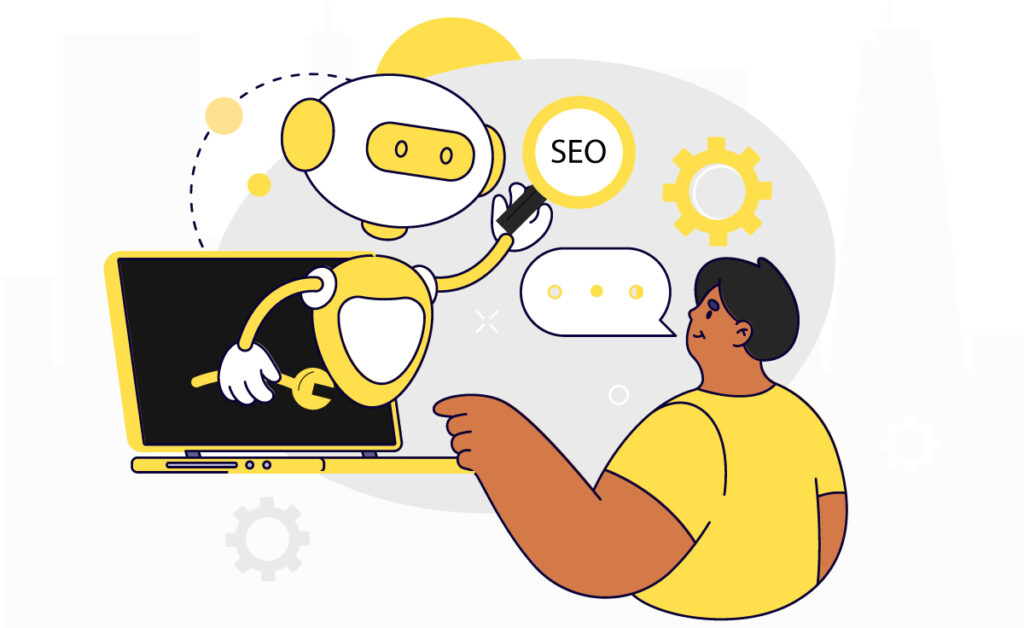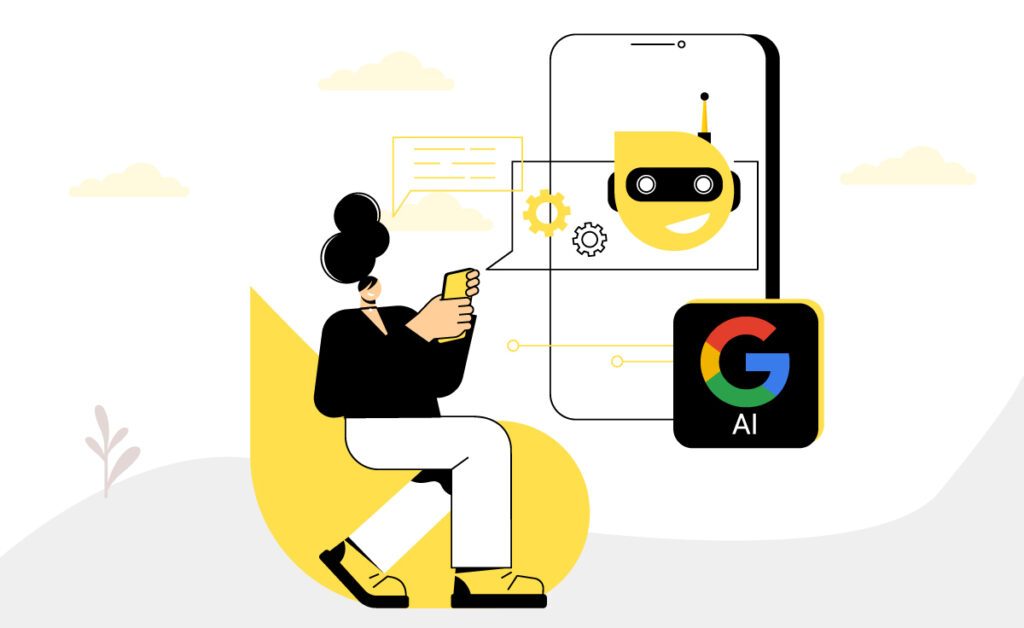Let’s have a look at the picture below:
 Will you remember this picture and where you saw it?
Will you remember this picture and where you saw it?
Seems unlikely.
Here’s something interesting.
During the mid-1940s, a serial killer named Markos Valaroje was known to have stalked and killed at least a dozen girls in their mid-teens. The killer had a weird fascination for laying down his victims in bathtubs after he killed them, making a gruesome scene. Eventually, Markos was about to be apprehended by police officers in his own house. When he tried to escape from the bathroom window, he slipped and hit his head. In a weird twist of fate, Markos was found just like all his victims – in a bathtub, in his own pool of blood.
This is that bathtub.
Now, will you remember this picture and where you saw it?
What changed between the first time you were asked this question and now?
The answer is that your brain has now connected the dots. It has many pieces of information and an interesting story that helps you connect to an inanimate bathtub much better than before.
Before you decide to Google Markos Valaroje, the story is fake. But the association your brain made between the story and the bathtub was real. This is the power of story telling. And brands today can’t help but leverage it to connect with their consumers.
There are five parts to having a good story for your brand and how brands are using them.
Understand
What does your consumer understand best?
If the story comes from an insight derived from their own behavior. Most A-ha moments for brands come when they take an analytical deep dive into their consumer market or research the behavior of their existing customers.
When Kellogg ‘s first came to India, guns blazing, it thought it would take the Indian breakfast market by storm. But it ended up becoming as soggy as its flakes when they were doused in hot milk. Kellogg’s had not done its research to understand its consumers. The paratha-gulping, spice loving Indian consumer found corn flakes to be bland and non-satisfying. The brand also turned the Indian housewife indignant by calling her regular breakfast less nutritious.
To cope up, Kellogg’s had to re-look at its positioning strategy and understand its consumers. The brand eventually re-positioned itself as a fun and quick breakfast which could be had more regularly than as a one-off. It roped in local people like yoga teachers and dancers to push the nutrition factor and used local terms like ‘shakti’ (power) to make it an ally to the Indian housewife.
Posted by Kellogg’s ‘Anaaj ka Nashta’ on Wednesday, July 5, 2017
When Kellogg’s changed its story, it tasted success. The brand now enjoys a 40% market share in India and with local flavors like Chocos, it definitely has a winning strategy under its belt.
Connect
How does the consumer connect with your brand?
When you take something relatable and ordinary and state it in a way that surprises them, you have a connect. They instantly ‘relate’ to your brand and picture it as a part of their lives.
Think of the first Markos Valaroje story. You couldn’t ‘connect’ with the bathtub until you heard the story behind it. Most often than not, brands feature their consumer in the story. They make them feel like the story is their own. This makes the story relatable.
Take one of the best advertising stories where a picture truly speaks a thousand words
 There is so much said without saying it in words. There is not only an instant understanding and connect but also the fact that the ‘cat’ in the picture is indeed their consumer.
There is so much said without saying it in words. There is not only an instant understanding and connect but also the fact that the ‘cat’ in the picture is indeed their consumer.
Remember
If you have the Understand and Connect part right, your story becomes memorable. This is the essential key for a brand’s success because once the story becomes memorable, the consumer remembers it subconsciously at the point of sale too.
Think of the most memorable write ups or ads you’ve come across and why you remember them among the thousands of ads you see every day.
They are funny

They are emotional

They are audacious
All of these advertisements have an emotional connect with the audience that makes them memorable.
Propagate
When you have the other parts of your story right, your users will become your biggest voice. Take Uber’s #ApniHiGaadi commercial. Launched just a week back, the ad has raked in over 2M views on YouTube.
What makes this commercial so special? The ad is born right out of their consumer insight that Uber is being used for big and small reasons by its consumers. The other part was connecting this insight to the fact that people have almost started using Uber as their own car – available whenever they need it.
The ad showcases a variety of occasions and a good cross section of consumers on a screen which has each of us identify with at least one segment. With something for everyone, a good story gets propagated across media easily.
Impact
It takes a little bit of creativity to pack insights, branding and social impact in the same story without sounding corny. But if you get this right, it can be the best highlight of a story. In this case, the story goes beyond the brand and the consumer but aims to touch at a collective conscience.
The Jaago Re campaign from Tata Tea is a perfect fit for an impact short story.
Tata Tea – Alarm Bajne Se Pehle Jaago Re!
We know the issues around us today. We care about things that are wrong, but we choose to wait till crisis strikes. Why react once the tragedy has happened? Let’s act when it matters the most. Let’s be Pre-Activists. Alarm Bajne Se Pehle #JaagoRe
Posted by Jaago Re on Monday, February 13, 2017
The latest ad from Ola #FarakPadtaHai is also a nice example where brand meets impact. The insight comes right in the beginning of the ad where you see a senior citizen who prides himself about the country think that the younger generation is up to no good. The brand then directly portrays the voice of the youth – its primary consumers and creates an emotional connection with them on breaking stereotypes and speaking up about what really matters to them.
And last but not the least…
What makes the story great – The Hero
Every story has a hero. Good brand stories have their consumers as their hero. They are the protagonist using your products and services. So a story told from their perspective makes it relatable. And when you make them the ‘hero’, that is where they visualize themselves with your brand – empowered, strong and ready to take on the world.





